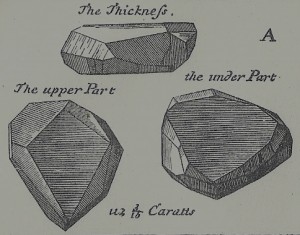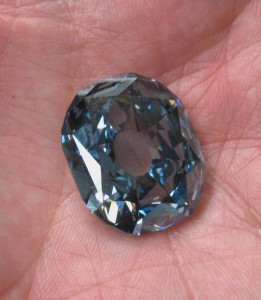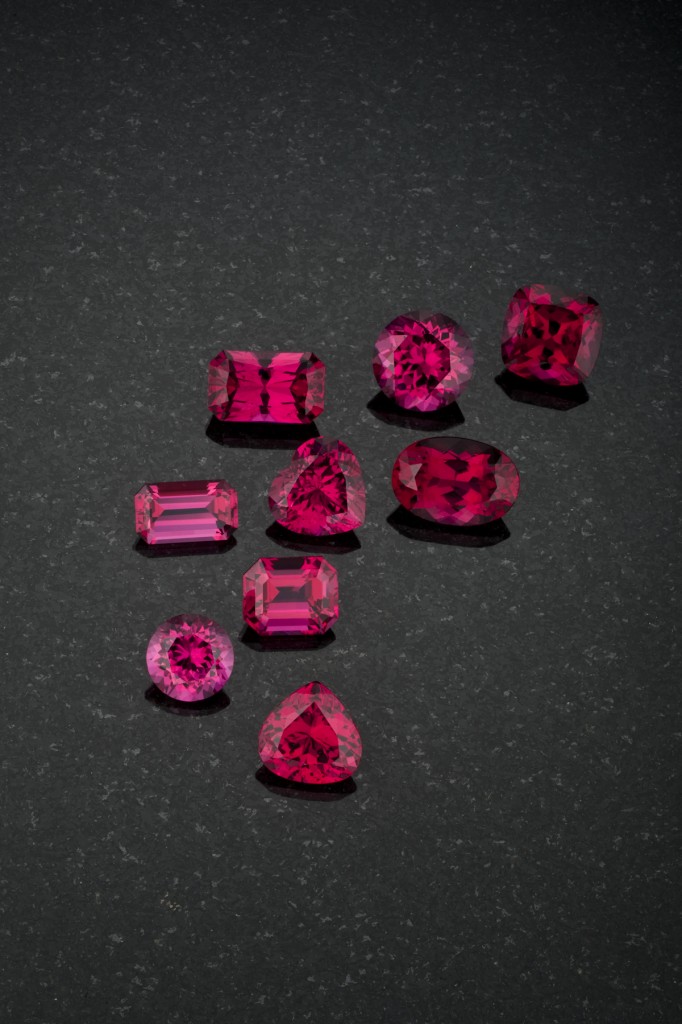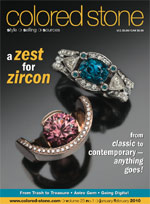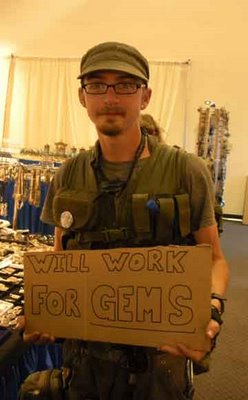The Wittelsbach, the second most famous diamond on earth, newly recut and renamed The Wittelsbach-Graff went on view at The Smithsonian Institution last week. The unveiling of the diamond was attended by several luminaries including its billionaire owner Lawrence Graff accompanied by what Graff called “new stories” among them the newly minted story that the diamond was originally found and brought to Europe by the famous French diamond dealer Jean Baptiste Tavernier.
Tavernier’s relationship to The Wittelsbach is tenuous at best. The French gem merchant, the man who brought the great blue diamond that subsequently became the Hope to France and sold it to Louis XIV, wrote a 17th Century bestseller called The Six Voyages of jean Baptiste Tavernier that I have just released in novel form called; The French Blue, never mentions the stone. To be fair he never mentions the Great Blue either but he does include an invoice which pictures the blue in his book. The first mention I have seen of Tavernier’s possible relationship to The Wittelsbach appeared in a recent New York Times article. The Times writer, Guy Trebay, admits that the relationship is little more than a possibility.
Though The Smithsonian is hosting the exhibition, Graff’s myth making marketing machine appears to be controlling every aspect of the exhibit. Access to the gem have been carefully controlled. Only a few select gemologists/experts have been even allowed to see it. One of the few journalists allowed access, Gary Roskin of The Roskin Report describes the evening:
"We were there from 5 pm until 11:30 pm, examining, and photographing. The atmosphere was both giddy and serious. And why not? We were handling the Hope Diamond, the world's most important deep blue, and the" Wittelsbach-Graff, a stone that until recently was mysteriously gone from public view. And now, here they were, possible relatives, sitting side by side. It was quite magical."
Graff spokesman Henri Barguirdjian in an interview with Financial reporter Maria Bartiroma attempted to ah—refashion the debate over the re-cutting of the historically important gem that resulted in a loss of 4.45 carats as merely a “re-polishing”. Despite the fact that the stone is currently on view in a public institution, Graff is doing his best to control information about the gem. This writer was told that even requests for images of the newly refashioned gem must be approved by the Graff organization.
Well, as I reported previously, this particular “repolishing” resulted in a loss of 4.45 carats and the upgrading of the stone from a GIA grade of Fancy Deep Grayish Blue to Fancy Deep Blue and from VS to Flawless clarity. In the world of blue diamonds this upgrade would add a minimum of $500,000 per carat to the value of a smaller blue gem. To give Graff his due, he did not make the same mistake as the buyers of the Agra Pink, the recut followed the original facet pattern.
Though some experts have said that re-cutting the diamond was a travesty that would destroy its historical provenance, it is hardly without precedent. The gem’s big brother, the 45.52 carat Hope Diamond, originally 116 metric carats when Jean Baptiste Tavernier brought it from India, has been entirely refashioned not once but twice. The first recut, the gem that came to be known as The French Blue was ordered by Louis XIV and supervised by his court jeweler Jean Pitau. This reduced the stone into a shield shaped gem of 68 metric carats. The second recut occurred sometime after The French Blue, then set in the Medal of The Golden Fleece, was stolen from a French warehouse in 1792.
Update on Oyo Valley Red Tourmaline:
You’ll recall I mentioned the new Oyo Reds from Nigeria in my last post. Here is an image. There has been little red tourmaline in the market in the past few years and much of what was previously available was also from Nigeria. This material occurs in very large crystals that are sawn then cut. Very large eye-flawless gems are available, with stones up to 50 carats not uncommon.
Prices of this new material are very competitive and suites of matched stones, a rare occurrence in tourmaline, are available.

